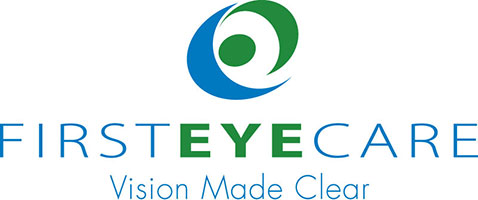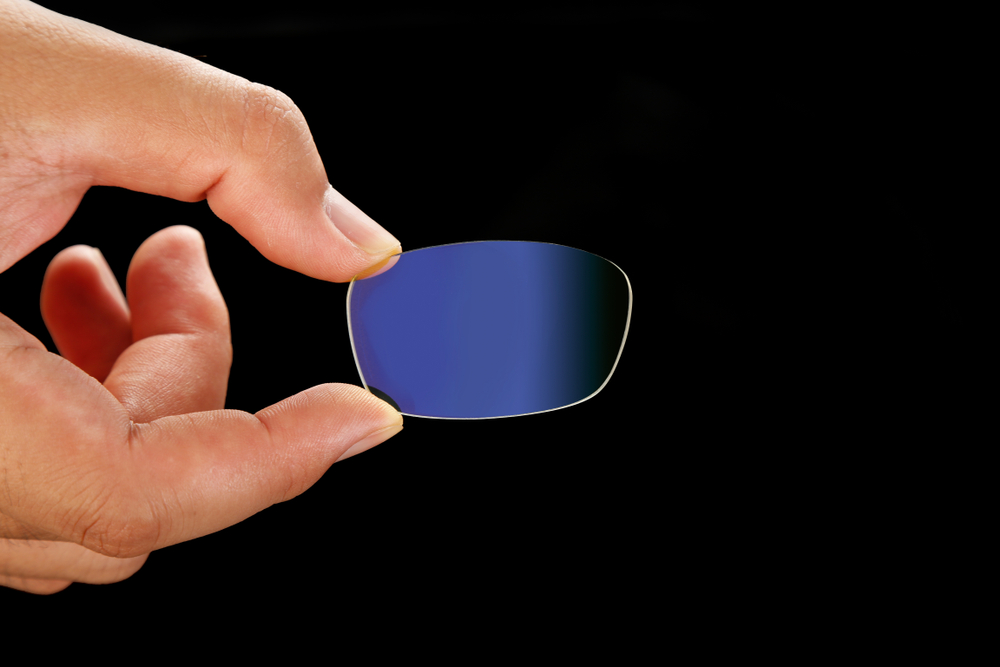Choosing the right lenses for your eyeglasses can be quite the challenge, believe it or not. While many people get caught up in trying to figure out which frames are best for their face and lifestyle, the lenses that go in said frames are just as important. There are tons of different choices of lenses and lense coatings, which can get pretty confusing, whether you’ve bought eyeglasses in the past or not.
One of the biggest mistakes people make when it comes to buying eyeglasses is not spending enough time on the actual lenses. Sure, the frames are important because you want to be comfortable, stylish, and have clear vision. But the lens materials, designs, and coatings deserve just as much time as you spend on the frames. As your Hurst optometrist, we believe in working closely with our patients to ensure all their vision needs are met. If you have any questions or aren’t sure how to choose the best frames and lenses for your needs, please do not hesitate to stop by our Hurst vision center or give us a call today.
Why It’s Important to Choose the Right Lenses
Most people wear eyeglasses out of necessity, not fashion. With this in mind, it should be easy to see why it is imperative you select the right lenses for your specific needs. Many people make the mistake of simply going with the cheapest option, but this isn’t always best. If, for example, you have a very high prescription (meaning you are both nearsighted and farsighted) you may need a high index lens, as the most basic option will make for a very thick lense. Thankfully, technology and innovation have come a long way in regard to eyeglass lenses. Gone are the days of “coke bottle” glasses.
Understanding the Different Eyeglass Lens Materials
When eyeglasses were first invented, the lenses were made of glass. Although glass lenses are made for excellent, clear vision, they are very heavy and can break easily. Not only is this an annoyance, but it can be dangerous and cause serious harm or injury to the eye. This is why glass lenses are no longer the go-to material. Let’s take a look at some of the most common materials used in today’s eyeglass lenses:
- Plastic lenses – The first plastic lenses were made from a plastic polymer called CR-39, which is short for “Columbia Resin 39”. This material was first introduced in the late 1940s and is still a very affordable, lightweight option today.
- Polycarbonate lenses – First introduced in the 1970s, polycarbonate lenses were originally used for safety glasses. Over the years, they have become widely used in eyeglasses and are another affordable option that provides excellent optics. One of the most popular polycarbonate options is Trivex, a lightweight material with a higher Abbe value than many other options.
- High-index plastic lenses – This material was the answer to the demand for thinner, lighter eyeglasses. They are thinner than both CR-39 plastic lenses and polycarbonate lenses and have a higher level of refraction.
In addition to the material, you will also need to choose which vision-correcting properties you need. Depending on your specific needs and eyesight, you may need single vision or multi-vision lenses. Your Hurst optometrist will be able to discuss the advantages and disadvantages of both the lense material and what properties will be best for you. To learn more about our options, please do not hesitate to contact First Eye Care DFW today.



